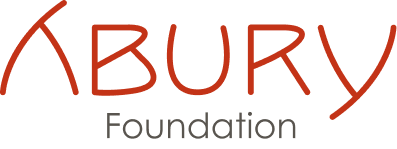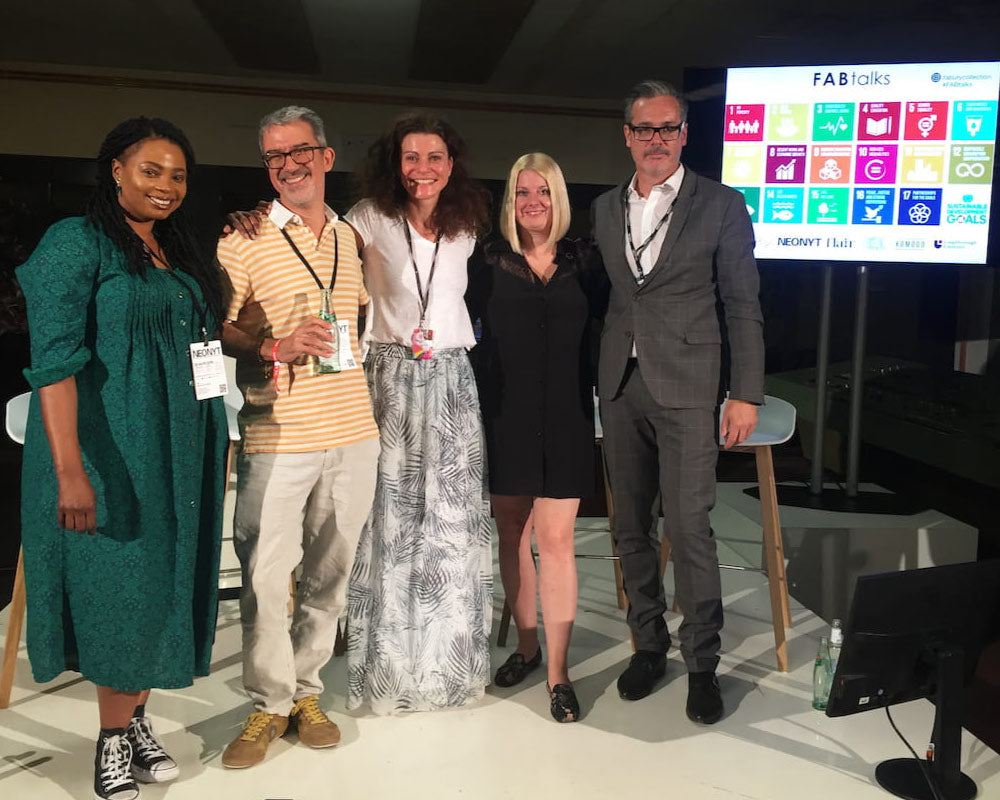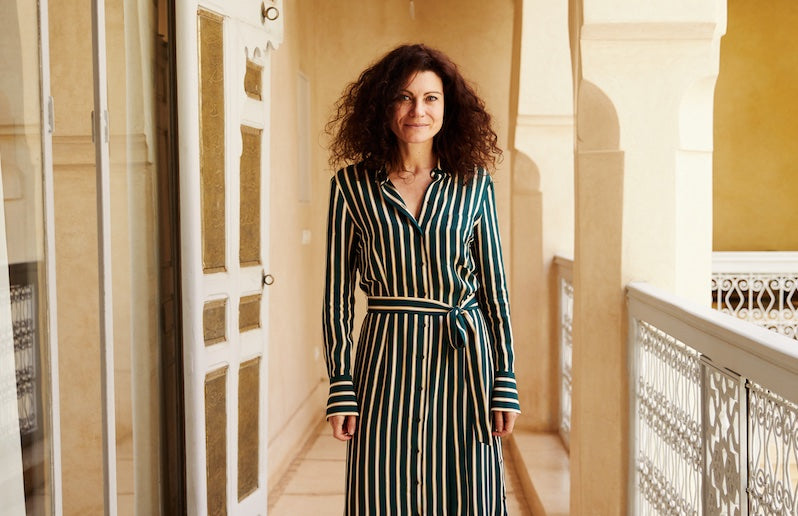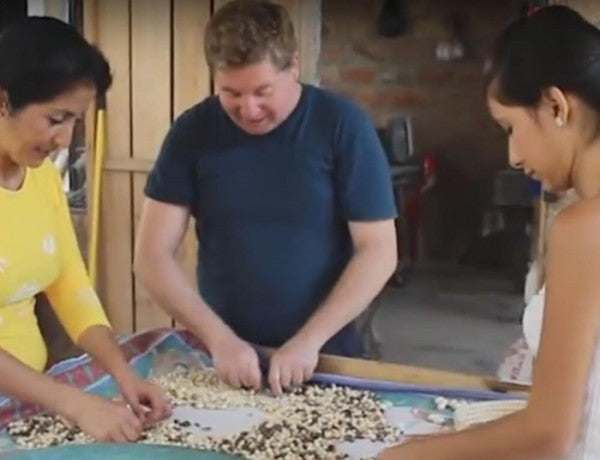The idea behind the FABTalks is to host fresh fashion talks in an inspiring environment and connect them with business-networking in a new innovative way. The aim is to trigger interesting discussions about the topic of fashion and let experts respond to open questions. Ultimately, we want to build an interdisciplinary network and establish and implement projects together in the long run.

On the 3rd of July the FABtalks were back in Berlin, this time during Fashion Week at the NEONYT in Kraftwerk. Four speakers shared their expertise about the SDGs in the context of fashion – this time in form of a panel discussion. The panel was composed of Pam Samasuwo-Nywiri, Phd researcher; Mark Bloom, Managing director of KOMODO; Christian Mäntele from Engagement Global, and Kerry Bannigan, leader of the Conscious Fashion Campaign.
SUMMARY OF THE PRESENTATIONS:
INTRODUCTION: SDGS
After a brief introduction about ABURY and the speakers of the panel, Andrea spoke about the history of the SDGs: Back in 1992 at the Earth Summit in Rio de Janeiro, 178 countries adopted the Agenda 21, which was a global partnership for the sustainable development to improve human life and protect the environment. It was 27 years ago and we already started talking about the challenges out there.
In 2000 there was the Millennium Summit in New York city, which adopted the Millennium Declaration that led to the 8 Millennium Development Goals – to reduce extreme poverty by 2015.
In 2015 was the led mark to the International Policy Shaping with the adoption of several nature agreements. In August of the same year the Paris Agreement on Climate Change had the sign on the Agenda 2030 – with the 17 SDGs, that were defined that year. The agenda provides a share goal for peace and prosperity of people in the planet now and in the future. There are 5 major subjects:
- People: End poverty and hunger in all forms and ensure dignity and equality
- Planet: Protect our planet’s natural resources and climate for future generations
- Prosperity: Ensure prosperous and fulfilling lives in harmony with nature
- Peace: Foster peaceful, just and inclusive societies
- Partnership: Implement the agenda through a solid global partnership.

INTRODUCTION: SPEAKERS
The first speaker of the panel was Pam Samasuwo-Nywiri, a journalist and handbag designer with roots in Zimbabwe, living in Canada. Pam is doing a Phd in Sustainability and Innovation with a focus on “Exit Strategies” in craft communities.
Mark Bloom is the managing director of Komodo, one of the first brands strongly focussing on sustainability in fashion. Their business started in Bali in 1988 – back then their business strategy seemed quite unusual. They started by upcycling clothes, jeans and jackets. At that time terms such as upcycling and sustainability did not exist, “so it was all about passion”.
Kerry Bannigan presented her project, the Conscious Fashion Campaign, which is a call to action for retail and media to influence, commit and co-achieve the SDGs. Her background is in fashion and retail events but as a personal advocate for good, over time she started doing consultancy and working along the UN with SDG Media Zone, which brings together well-known personalities to highlight actions and solutions in support of the SDGs.
Christian Mäntele represented Engagement Global, which is a German Non-Profit that offers information, advice, support and qualification to one-stop-shops in associations, educational institutions, non-governmental organizations, companies, foundations and municipalities. Their goal is to bring awareness to the SDGs in Germany and their strategy is based on encouraging people to take action.
They use two approaches:
- Set up corporations with organisations and let them talk about the SDGs and pass the information to their audience.
- Try to build creative ideas for media to communicate to the general public.
THE DISCUSSION
The discussion was started by Andrea posing a question towards Pam and Mark:
“Are the SDGs relevant to your work? Do you take them into consideration, or does it rather happen by chance? Do you analyse it at the end? How do you use the SDGs as a sense of guideline in your work?”
Pam explained that she came across the SDGs rather by mistake, but she described it as a “beautiful” mistake. The most relevant SDGs for her work were the SDG number 8 – Promote inclusive and sustainable economic growth, employment and decent work for all – and the SDG number 12 – Ensure sustainable consumption and production patterns. Pam is making use of these goals as they fit well to her line of work and drive growth, address risk and also focus on propose. The SDGs provide a universal framework that help her to understand how she can bring all stakeholders together to proactively solve challenges with her research. Her research is about having everybody — the designer, the stakeholders and the artisans — come together to implement the policies. Making decisions from the outside does not work but rather, one must have a conversation with everyone at every level.

Mark described that at Komodo they are not following a specific goal or a specific list to align with the SDGs. However when the opportunity comes up they grab it and in that way make progress. One of the things that have recently worked on is getting rid of all plastic in the packaging.
As well as that they are always looking to improve thing in the supply chain: Changing to suppliers that are dyeing in a more sustainable way or eliminating the source, etc. Within a busy company like Komodo you do not make progress every day but you make progress sometimes, and that is sufficient. If you try again and again you will make progress eventually.

In response to Andrea’s question of how the company got inspired to create a sustainable fashion business in the first place, Mark concluded that it is important to be different in fashion to stick out from the rest. When Komodo started back in the 80s there were a lot of big brands but not very many different brands. Sustainability was not a big topic back then so they were one of the first brands to put the focus on that – not intentionally though. They wanted to keep their suppliers in Bali and Katmandu and their real inspiration was doing things naturally – that felt natural and even though it was not their initial plan to start a sustainable business it just happened and felt right.
The second question was addressed to Kerry and Christian: “Why do you think it’s important to have something as the Global Sustainable Development Goals?”
Kerry explained how the world is so well connected digitally these days and it seems we are all ”trying to speak the same language”. It is a situation where we cannot isolate a problem in one place, but we need to think globally, since we are all walking in the same direction. Kerry also spoke about how some countries could help others that are not so developed or concerned about this topics – and teaching and learning goes both ways. Talking to people from different countries opens our minds to different approaches and ideas from other cultures and communities.

Christian agreed and elaborated that all dots are connected, and so should solutions. It all comes down to acting local and starting to join other people, governments or businesses to think about what we can contribute to every problem we face. Especially in the fashion business the supply chains are global so there is no other way than to address problems by thinking globally.
Andrea continued by leading the topic to the fashion industry. The impact and potential of fashion to be optimized and more sustainable become clear when realizing that it is the second largest labour market in the developing workld and that it has a huge impact on earth: From optimizing international shipment to the low prices of some products due to cheap imports and cheap production.
Andrea’s final question to the panel guests was: “What is the fashion industry struggling with most when it comes to the Sustainable Development Goals?”
Kerry’s idea was, that the fashion industry was a very influential sector and touches all the 17 SDGs – from employment to chemical use, the disposal, to the packaging and again emission limits. The industry has the power to solve and empower these 17 goals by pushing and encouraging conscious consumerism; however the indicators are quite overwhelming. So sometimes it seams more reasonable to look at what you can do within your own company and what makes sense. Juggling between driving economy, alive and thriving and being sustainable following all goals is a challenge.
At last, Andrea stressed the high potential and responsibility of the fashion industry to work towards the SDGs by pointing out it is a glamorous world with influencers, bloggers, models and opinion leaders that can use their voices to communicate important subjects such as the Sustainable Development Goals.
Christian agreed with that and explained that fashion is so important as it is very near to people – it is a fantastic context to communicate with people. Trying to communicate all of the 17 goals at once is too much information for people to understand. At Engagement Global they try to raise interest in their mission first, and then tell more about what is happening in fashion specifically. This proved as a good way to do it because you can break down the whole issue of sustainability on very practical questions and answers.

AUDIENCE QUESTIONS
The first question from the audience was posed by a woman working at a sustainable fashion brand, which used to work in Nepal but moved production to India and Portugal because of the certification requirements:
“Some factories in development countries do not have certifications because of the high costs associated with them. Should brands or other institutions help and support – with time and/or money – these factories?”
Mark replied to the question agreeing that certifications can require high costs. Often there are no certification offices so they have to travel back and forth, pay for hotels and so on. We can encourage suppliers to get certified but we are not in a position of demanding. These kind of costs could be subsidised by bigger countries or brands, which could ultimately also cause a more loyal and secure relationship between the factories and the brands. However at the moment this is not yet common practice.

A representative of a factory producing in Ethiopia was also present at the FABtalks and shared her experience with a Fair Trade certification they received. Her main motivation to get the certification was to have a more open discussion with all the different staff, from the management team to the artisans: Discussions about discrimination, living wages, ethnicity, religion, gender, environmental issues, and so on. The certification brought them a great internal benefit by bringing employees and management closer, but it did not make an impact on their market size.
The next question would close the round of questions:
“What can we do in North Africa to protect the artisans from being exploited during this economy system change?”
The answers focused strongly on the education of artisans through explicit conversations about what is happening and how it will affect their communities, their children, their life, and so on. It was pointed out that brands had the responsibility to teach artisans about their work value, by for example calculating the prices of leather or other materials and the hours of work.
We thank our partner NEONYT, the fantastic panel speakers, and all members of the audience who came and joined us this evening!
SEE YOU NEXT TIME!






Share: